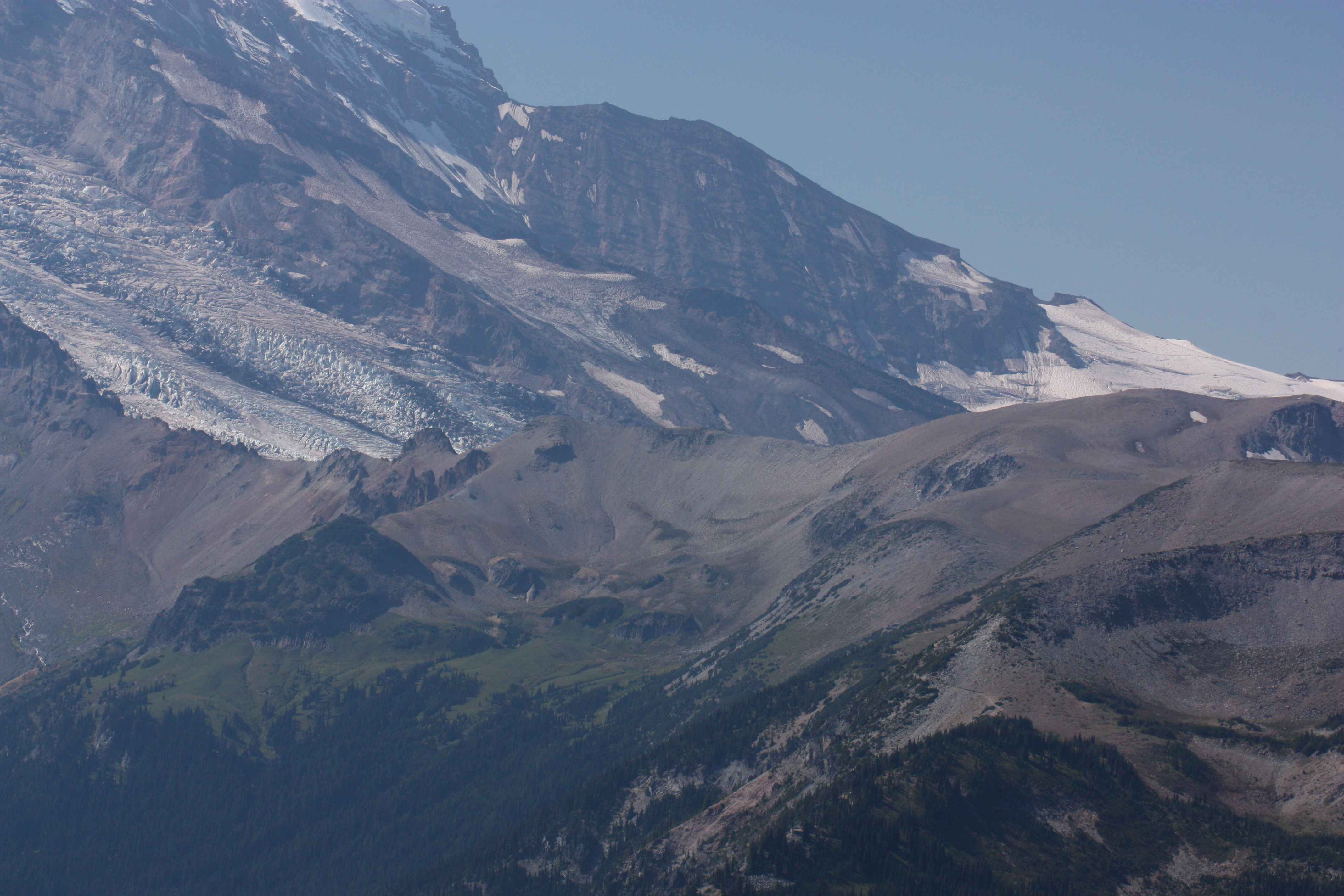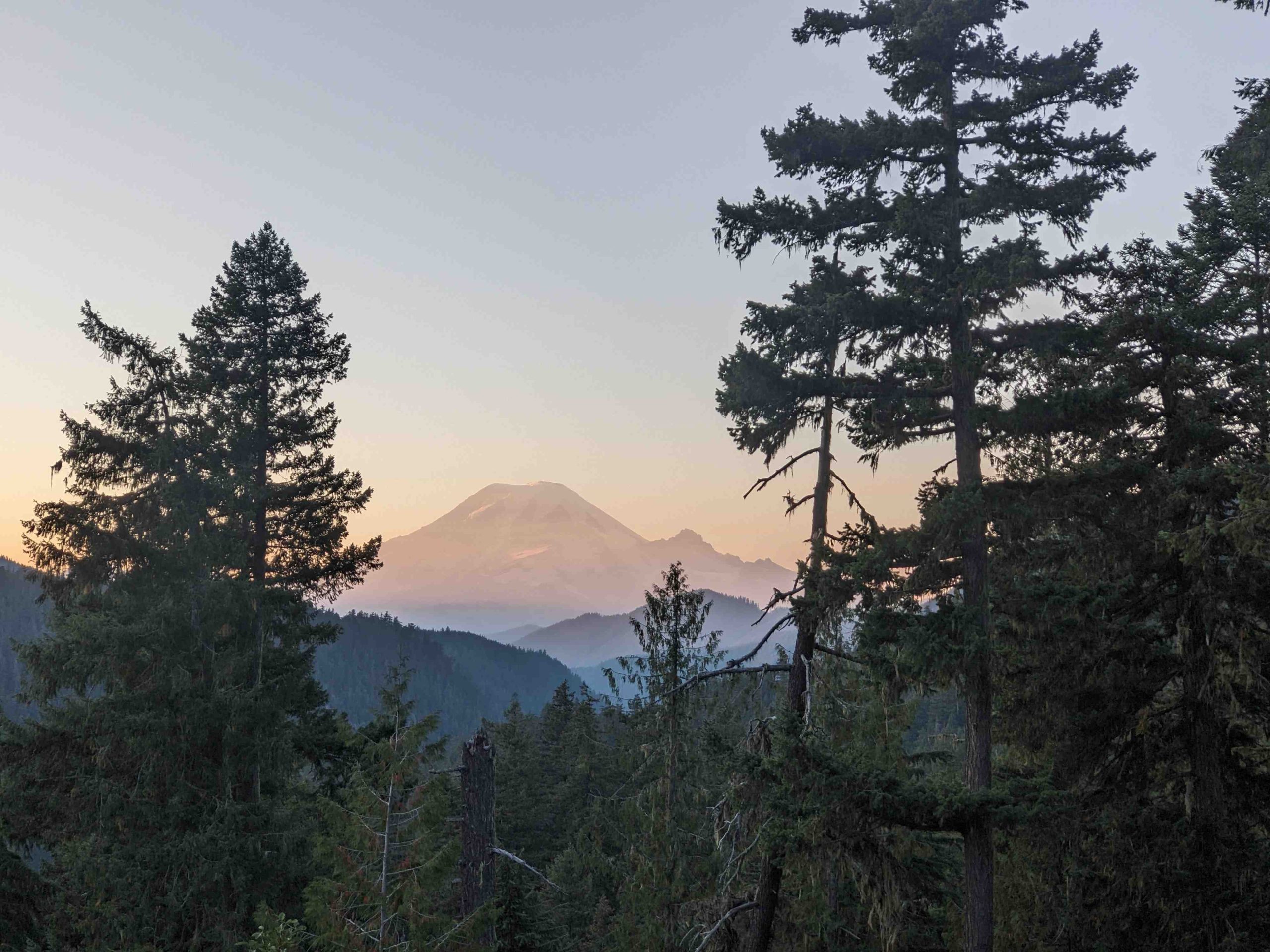Mount Rainier, an iconic stratovolcano in Washington State, boasts an impressive base to summit height. This majestic peak rises from its surroundings to a towering elevation of 14,411 feet (4,392 meters) above sea level. The journey from base to summit involves a significant elevation gain, challenging routes, and diverse terrain. This comprehensive guide explores the various aspects of Mount Rainier’s base to summit height, including climbing routes, technical requirements, and accessibility.
Mount Rainier’s base to summit height is a subject of fascination for mountaineers and nature enthusiasts alike. While the exact base elevation is not explicitly defined, we can examine the elevation gain from common starting points to understand the mountain’s impressive stature.
How Much Elevation Gain is Involved in Climbing Mount Rainier?

The elevation gain for climbing Mount Rainier varies depending on the starting point and chosen route. Here’s a breakdown of the elevation gain from popular trailheads:
- Paradise Visitor Center to Summit:
- Starting Elevation: 5,400 feet (1,646 meters)
-
Elevation Gain: Approximately 9,000 feet (2,743 meters)
-
White River Campground to Summit (Emmons Glacier Route):
- Starting Elevation: 4,400 feet (1,341 meters)
-
Elevation Gain: Approximately 10,000 feet (3,048 meters)
-
Sunrise Visitor Center to Summit:
- Starting Elevation: 6,400 feet (1,951 meters)
- Elevation Gain: Approximately 8,000 feet (2,438 meters)
These figures illustrate the significant vertical challenge that climbers face when ascending Mount Rainier from its base to its summit.
What Are the Primary Climbing Routes to Mount Rainier’s Summit?

Mount Rainier offers several climbing routes, each with its own characteristics and challenges. Here are the main routes from base to summit:
- Camp Muir-Disappointment Cleaver Route:
- Most popular route
- Starts at Paradise Visitor Center
- 17 miles round trip
- Typically takes 2-3 days
-
Elevation gain: 9,000 feet (2,743 meters)
-
Emmons Glacier Route:
- Second most popular route
- Starts at White River Campground
- Known for solitude and glacier travel
-
Similar distance and elevation gain to Disappointment Cleaver
-
Liberty Ridge Route:
- More technically challenging
- Involves steep rock and ice climbing
- 17 miles round trip
-
Usually takes 3-4 days
-
Willis Wall Route:
- Extremely difficult
- 4,000-foot north face of crumbling rock and ice
- Recommended only for highly experienced climbers
What Are the Technical Requirements for Climbing Mount Rainier?
Climbing Mount Rainier from base to summit requires significant technical skills and physical preparation:
- Difficulty Rating: T6 alpine climb (highly technical)
- Required Skills:
- Glacier travel
- Crevasse rescue
- Ice climbing
- Rock climbing (for some routes)
- Essential Gear:
- Crampons
- Ice axes
- Ropes
- Harnesses
- Crevasse rescue equipment
- Proper clothing for extreme weather conditions
How Accessible is the Base of Mount Rainier?
Accessibility to Mount Rainier’s base varies depending on the season and chosen route:
- Paradise Visitor Center:
- Main access point
- Ample parking facilities
-
Open year-round, but winter access may be limited
-
White River Campground:
- Access point for Emmons Glacier Route
-
Open seasonally (typically late June to September)
-
Sunrise Visitor Center:
- Highest drivable point in the park
- Open seasonally (typically early July to late September)
Seasonal Considerations:
- Best climbing conditions: July and August
- Climbing season: Late May to early October
- Winter access: Limited due to snow and road closures
Permits and Fees:
- Climbing permit required (small fee)
- Park entrance fee
- Reservation system for popular routes during peak season
What Makes Mount Rainier’s Base to Summit Height Unique?
Mount Rainier’s base to summit height is notable for several reasons:
-
Prominence: With a prominence of 13,210 feet (4,026 meters), Mount Rainier is the most topographically prominent mountain in the contiguous United States.
-
Glaciation: It is the most glaciated peak in the lower 48 states, with 26 major glaciers covering 35 square miles (91 square kilometers).
-
Ecological Zones: The mountain’s significant elevation gain encompasses multiple ecological zones, from temperate rainforests at the base to arctic-alpine conditions near the summit.
-
Volcanic Activity: As an active stratovolcano, Mount Rainier’s height is the result of ongoing geological processes, making it a dynamic and ever-changing landscape.
-
Training Ground: Due to its challenging conditions and significant elevation gain, Mount Rainier serves as a training ground for climbers preparing for higher peaks in Alaska and the Himalayas.
How Does Mount Rainier’s Base to Summit Height Compare to Other Peaks?
To put Mount Rainier’s base to summit height into perspective, let’s compare it with other notable peaks:
| Mountain | Location | Summit Elevation | Base to Summit Height |
|---|---|---|---|
| Mount Rainier | Washington, USA | 14,411 ft (4,392 m) | ~9,000-10,000 ft (2,743-3,048 m) |
| Mount Whitney | California, USA | 14,505 ft (4,421 m) | ~6,100 ft (1,859 m) |
| Denali | Alaska, USA | 20,310 ft (6,190 m) | ~18,000 ft (5,486 m) |
| Mont Blanc | France/Italy | 15,774 ft (4,808 m) | ~12,500 ft (3,810 m) |
| Kilimanjaro | Tanzania | 19,341 ft (5,895 m) | ~16,100 ft (4,908 m) |
This comparison highlights that while Mount Rainier may not be the tallest peak, its base to summit height is substantial, especially for a mountain in the contiguous United States.
In conclusion, Mount Rainier’s base to summit height presents a formidable challenge to climbers, offering a diverse range of routes and experiences. From its lush, forested base to its icy, wind-swept summit, the mountain showcases the raw beauty and power of nature. Whether you’re an aspiring mountaineer or simply an admirer of natural wonders, understanding the vertical scale of Mount Rainier provides a deeper appreciation for this iconic peak.
References:
1. Mount Rainier – PeakVisor
2. Mount Rainier, Washington – Peakbagger.com
3. Mount Rainier | National Park, History, Eruptions, & Map | Britannica

